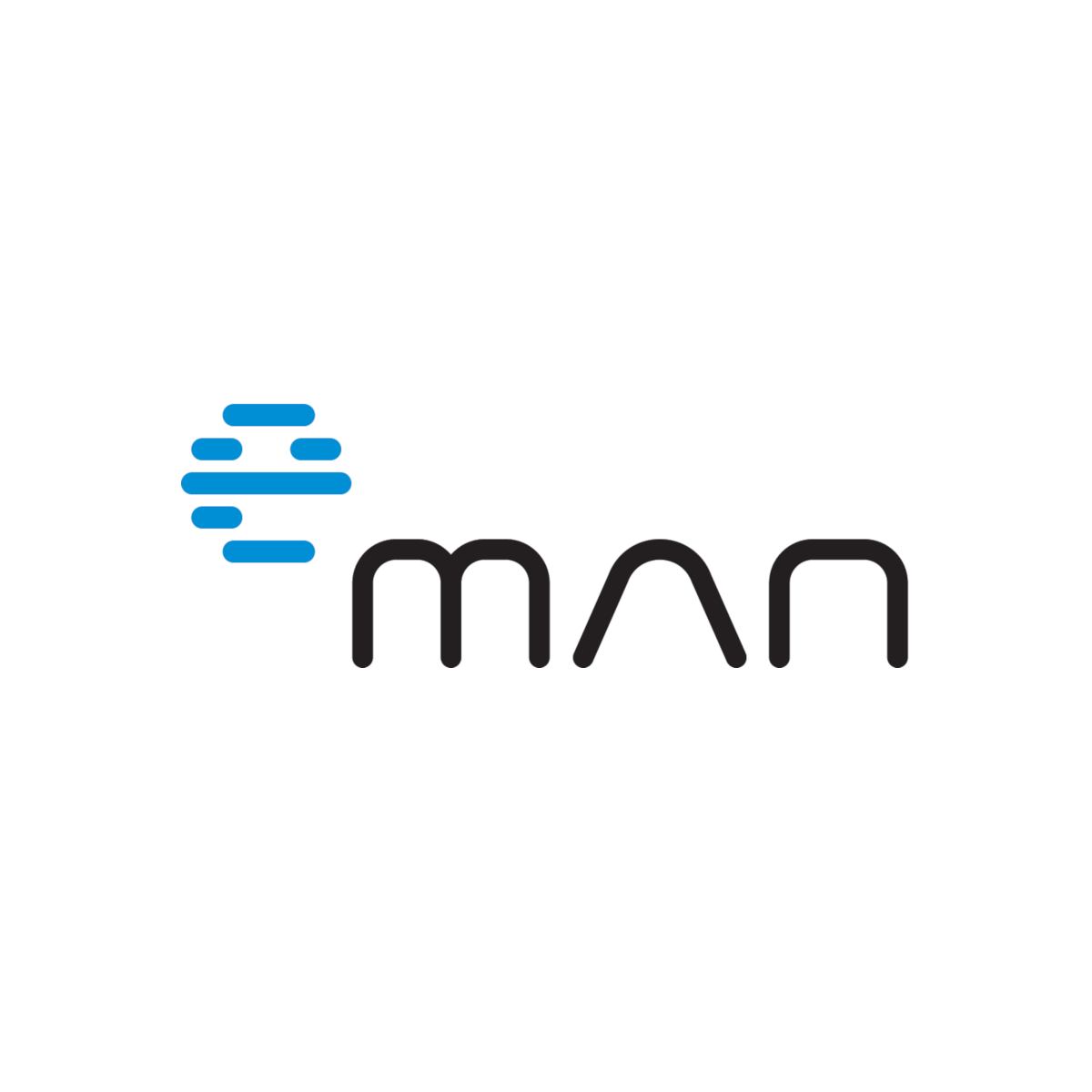Case study

Company Tenaris
Client brief
Our US office received the brief and the aim was clear: to simplify the monitoring of the whole process of completion of an oil well in real time and allow the operator to remotely monitor the process and provide assistance. The setting of the sensors and alarms will help prevent “critical” moments, effectively prevent or respond to defects in very short time.
A complex construction project needs a quick response
Building a new oil well is not an easy task. A big steel casing pipe is used in drilling the surface to prevent the dirt from falling back to the well. As the digging goes deeper, a second casing is needed to secure the terrain and ensure smooth insertion and removal of drilling tools. Shortly before the work is completed, the casing pipe is inserted, which allows the use of tools to break the minerals and control of the outflow of oil, gas and water.
The whole process is locally monitored by the operator using sensors that are located in the equipment. The quality of the work is crucial for the operating life of the casing after the start of extraction. If the torque during the process is too high, the life can be reduced significantly.
If a problem occurs, the operator contacts Tenaris, which has to analyze the report on the performance of the casing pipe. The initial discussion can be over the phone, the data and messages are exchanged via email. However, the simulation has to be done on the site, and Tenaris often has to send its employee to the oil field to check whether the operation was completed successfully. Sending an employee from the office in Houston, Texas, costs a lot of money and takes a lot of time. At the same time, each hour of shut-down means huge financial losses.
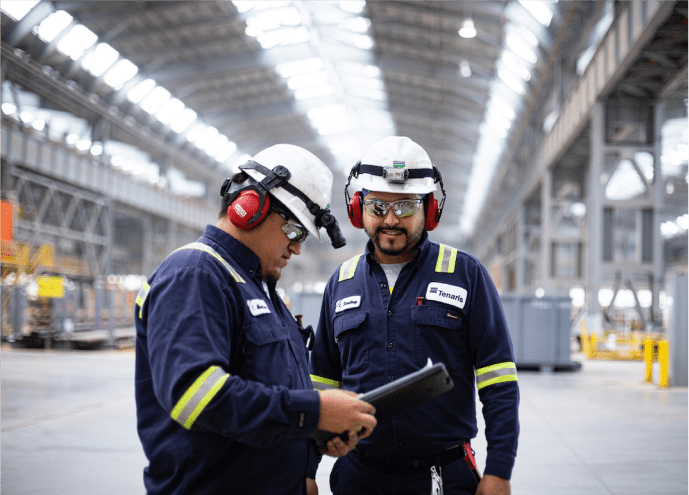
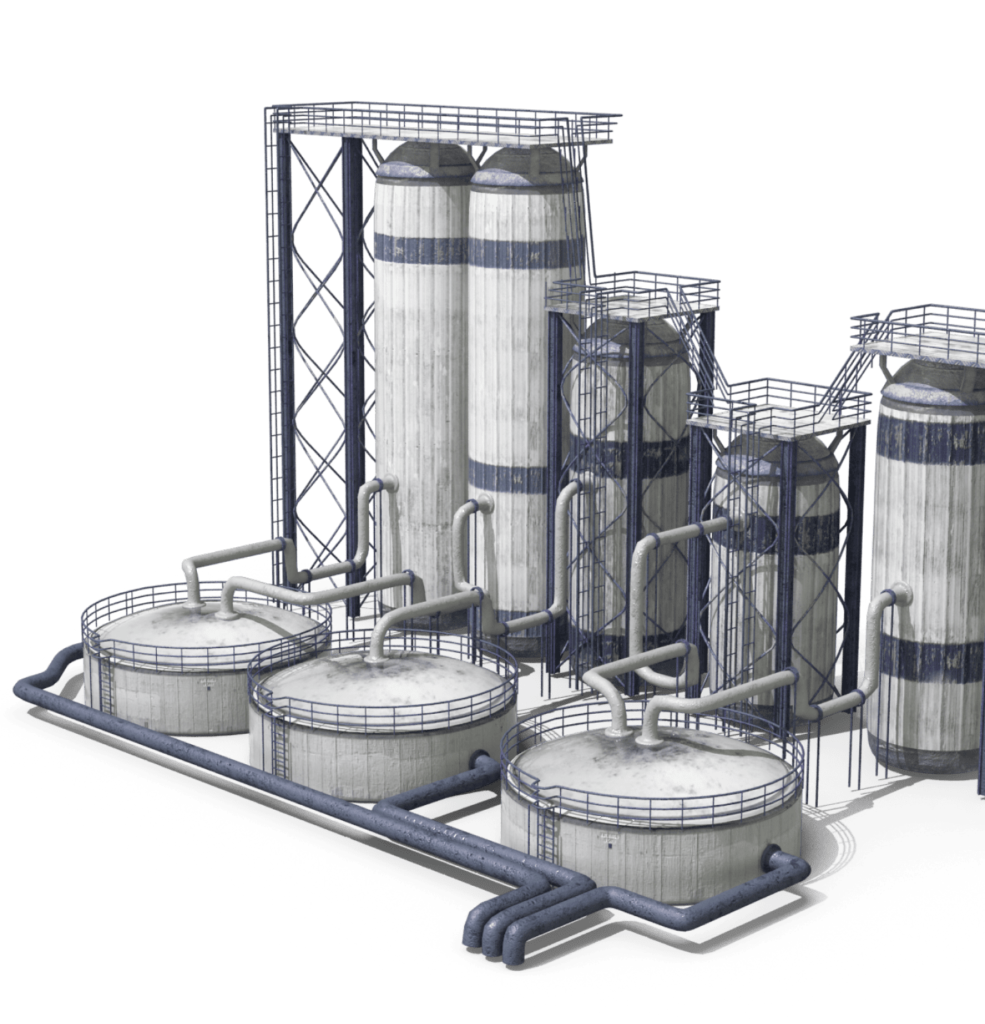
Long delays and lacking information
Initially, the data was available on a remote server and could be accessed only by selected personnel. Processing, cleaning, selecting the data and the subsequent use of patterns with certain logic took hours. The comparison of the real results and the models prepared before the starting procedure was lengthy and often quite complicated. It was often necessary to discuss the findings with the well operator, which required more time for preparation.
When instructions had to be given to the operator on the site, the whole process could take up to 24 hours. In the majority of cases, Tenaris was not able to collect data from operators, unless a problem occurred. That is why it often lacked information that could later be used to detect early malfunction of the casing pipes in production (obligations related to the operating life of products).
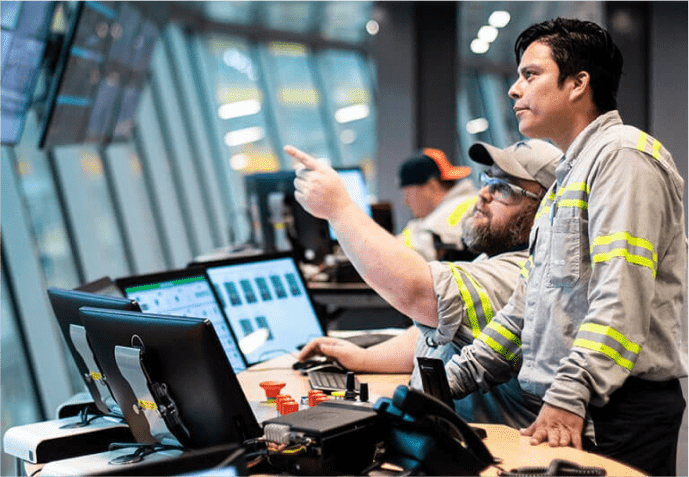
The software was built within a few months
The Real Time Casing Running Monitoring (RTRCM) was the solution. Tenaris brought to the table its insight to which our team added technical skills in the digital environment. We used the existing cloud infrastructure MS Azure, which was not used by the sales teams. During a few months of pilot operation, we were able to build the software for detection, a methodology for income and data processing, consolidation of data and the creation of indicators. We helped improve the logic of the analysis, set up new alarms and improve the visualization of the used data.
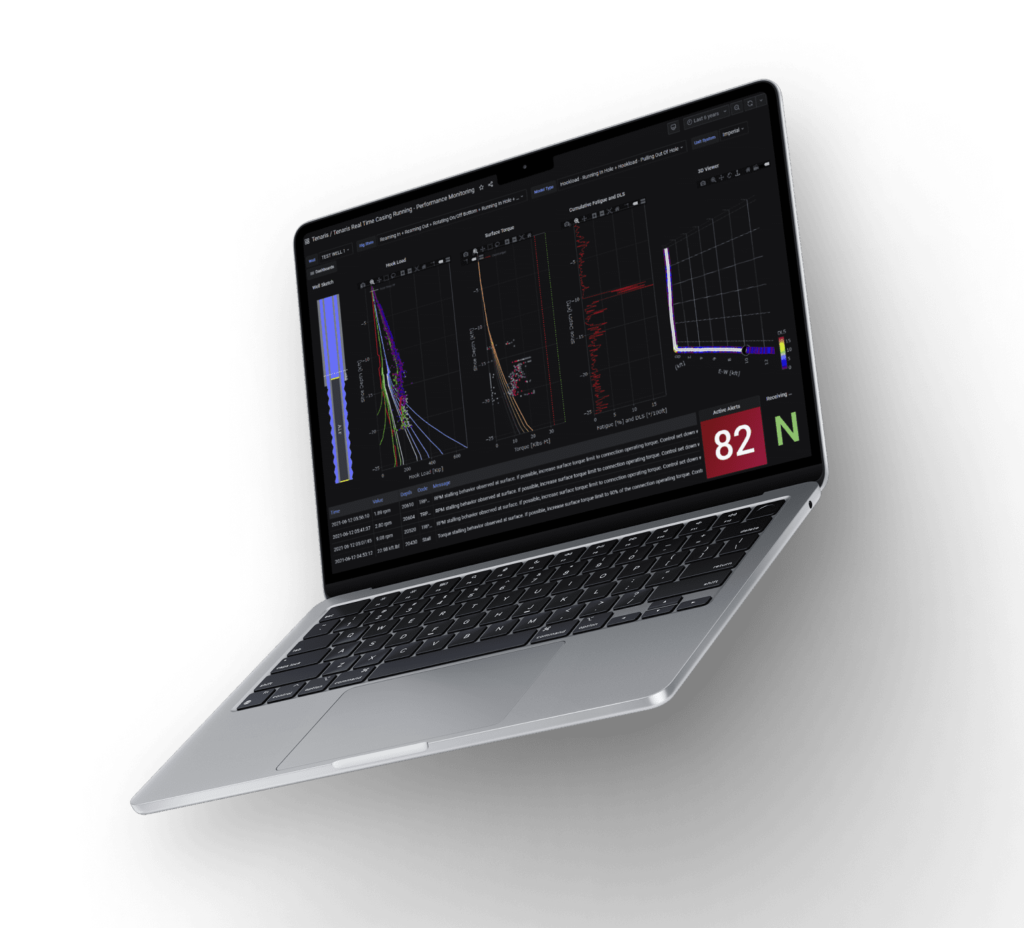
Problems at the construction site are solved within seconds
It was crucial to save time and become more efficient – and we succeeded in both. Thanks to our solution, data can be sent in real time and remotely. The number of accidents has decreased significantly, which means that the need for experts at the site has also decreasednotably. Until today, the solution has been implemented in several oil wells in the US and it can solve potential problems within seconds. Also work is ongoing on making the tool available to the “owners” of the oil field.
Are you interested in the project we implemented for Tenaris?
Want to chat about what we can do for you? Let us know!
WE HELP COMPANIES
WITH DIGITAL TRANSFORMATION
eMan stocks are being sold on
PX Start at Prague Stock Exchange.
eMan owns following certificates
ISO 9001, ISO 10006, ISO 14001, ISO 20000, ISO 27001 and TISAX.
eMan owns following certificates
ISO 9001, ISO/IEC27001, ISO/IEC 20000-1:2018, ISO14001 and TISAX
